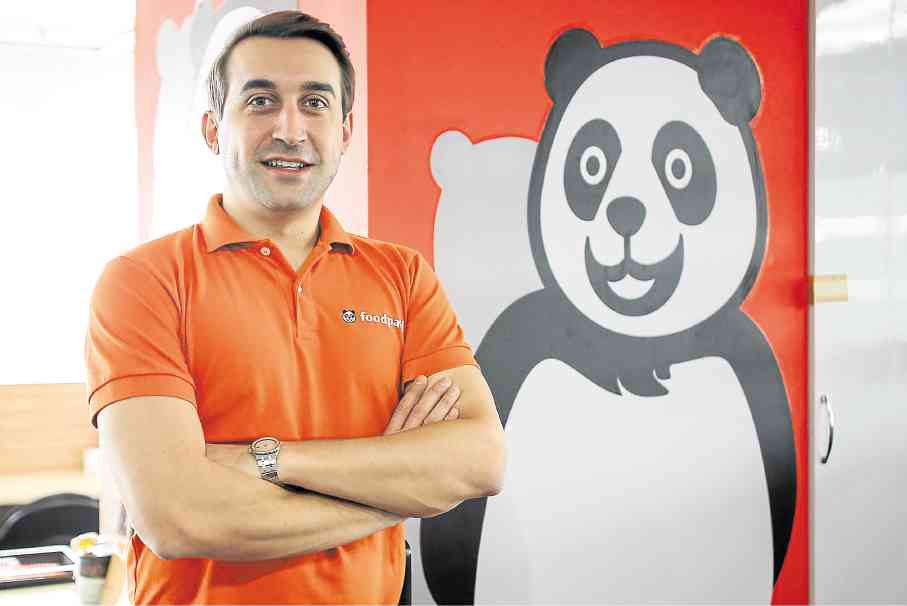To earn more, the logical step most businesses would take would be to hike fees.
But mobile and online food ordering marketplace Foodpanda isn’t like most businesses.
In fact, to celebrate the company’s “substantial growth” in the country, Foodpanda is uniting its P30 delivery and 15-percent service fee into just one fixed delivery fee at just P59. It is also lowering its minimum required amount of food orders from P300 to P200. These fees take effect starting this month, announced Foodpanda Philippines CEO Iacopo Rovere at the recent unveiling of the company’s newest offering.
“We’ve always wanted to [do this], to be honest” said Rovere. “But being a startup, we had to deal with profit and loss, and it’s not always possible to do whatever you want at the time you want. So we had to sacrifice. But I think we’ve reached a point now wherein we want to invest in this strategical move.”
Founded in Berlin, Germany, in 2012, Foodpanda came to the Philippines in 2014, wherein a year after setting up shop, they were able to acquire one of their local competitors, City Delivery. The business has since grown its network to include over 1,000 partner restaurants such as Bonchon, Juju Eats, Wendy’s, Yoshinoya, and Frankie’s.
“When we started off, needless to say, we were very, very small—an office of just four or five people. And we came a long way, I would say, in just two years,” said Rovere. Globally, Foodpanda operates in over 67 cities across five continents, partnering with over 300,000 dining establishments.
With the new local rates, Ravore said the company hoped to increase the reorder rate and service usage.
However, Ravore, who joined Foodpanda’s Philippine office in September 2015 after initially working with the global team back in Berlin, revealed that his “final goal” is to completely remove any additional fees from their service. “Right now we aren’t there yet, so we want to make things more affordable first.”
Asked if it’s also a move to stay ahead of any potential competition, Ravore said: There have been rumors [on the possibility of new competitors coming in], since the Philippines is an attractive market when it comes to food, but I don’t have any expectations. If they do come, then, yes, they would have a hard time competing with us.”
He emphasized, however, that the pricing adjustments were done primarily for Foodpanda’s top priority: The customers, majority of whom are millennials and women aged 25 to 39. Already operating in Metro Manila and Cebu City, Ravore said new locations will soon be added.
“I think the biggest difference between us and the competition is we are heavily focused on customer experience, which affects the way we do operations and how we address every issue in our chain,” he said. “With the substantial growth of Foodpanda in the Philippines, we are happy to share this latest development in our offering. We owe it to our customers; that is why we are committed to continuing to find ways to provide them with great food options and an affordable delivery scheme right at their fingertips.”


